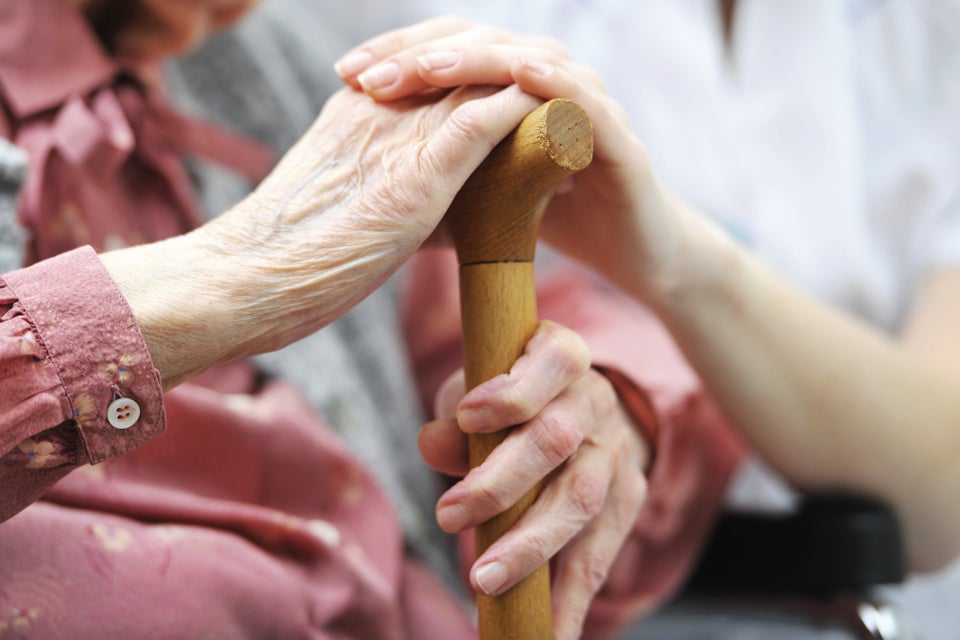
By Joe Pappalardo for Men's Journal
The Ebola outbreak has become an international crisis that has caused raised security at airports, an influx of pop-up hospitals in Liberia and other Ebola hotspots, and what president Obama calls "the largest international response in the history of the CDC." While the CDC has some tools at its disposal, none is as impactful as the two held by the U.S. Navy -- the USNS Mercy and USNS Comfort. Just as aircraft carriers can deliver air superiority to anywhere in the world, hospital ships offer sophisticated medical facilities to underdeveloped areas. Each ship has 1,000 beds and boasts modern labs and scanning technology. They are designed to bring surgical expertise and modern medical tools to battlefields and disaster zones. But are they effective in treating infectious disease?
Hospital ships came of age in the 17th century. Although their first purpose was to treat battlefield injuries of troops deployed to foreign shores, they soon got wrapped up in homeland security fights against infectious disease. Medical ships coming to England had to stay in a creek near London, a quarantine intended to keep the plague out of England. (It didn't work.) The United States has had some 27 hospital ships since its first -- the USS Intrepid -- in 1798, and they have served numerous natural disasters and humanitarian crises, like the 2004 tsunami when USNS Mercy serviced 108,000 patients.
When it comes to infectious disease, the U.S. does not want to keep too many personnel in harm's way. A field hospital is more accessible to patients who need help but is more vulnerable to violence in disease-ravaged areas. For example, the Pentagon is spending $22 million to set up a 25-bed field hospital in Liberia and will leave it to be staffed by locals. A hospital ship would in some ways be even more risky.
Compare that to the British response: The Royal Navy just announced it's sending the Fleet Auxiliary ship Argus to Sierra Leone. It has a 100-bed medical complex, including intensive care, and a helipad. There's a little extra expense in guarding its perimeter, since it's protected by a moat of water. The ship will also serve as a staging area for on-land medical centers, with three helicopters operating from its deck.
A hospital ship is at its best when ferrying patients back and forth from land. But Ebola requires different treatment than needed in a disaster zone: constant IV fluids, steady monitoring of blood oxygen and constant vigilance against other opportunistic infections. In other words, it's not like doing an operation and sending the patient home to heal. A hospital ship can get very crowded with patients undergoing long treatments.
There is one other flaw of a hospital ship: it cannot be protected from the infectious disease it has been deployed to fight. And if there is one thing that ship captains fear, it's an outbreak. Military ships are cramped for space and residents share bathrooms and other facilities. Even though the Ebola virus is not airborne, having the infected on board is a massive risk.
Still, since Ebola is transmitted through fluid exchange, it will not be impossible to convert a hospital ship bed to an Ebola clinic. Airborne pathogens would need reverse pressure-doors and a dedicated ventilation system. All an Ebola clinic ship needs are plenty of face-masks, gloves and biohazard waste disposal protocols for soiled materials.
Deploying is one challenge, but coming back is another. When a hospital ship or the staff onboard come home, everyone who has been exposed will have to wait the CDC mandated 21 days to see if they develop any Ebola symptoms. Expect the hero doctors and nurses of this Ebola crisis to get a lot of support emails when they get home, but few handshakes.
